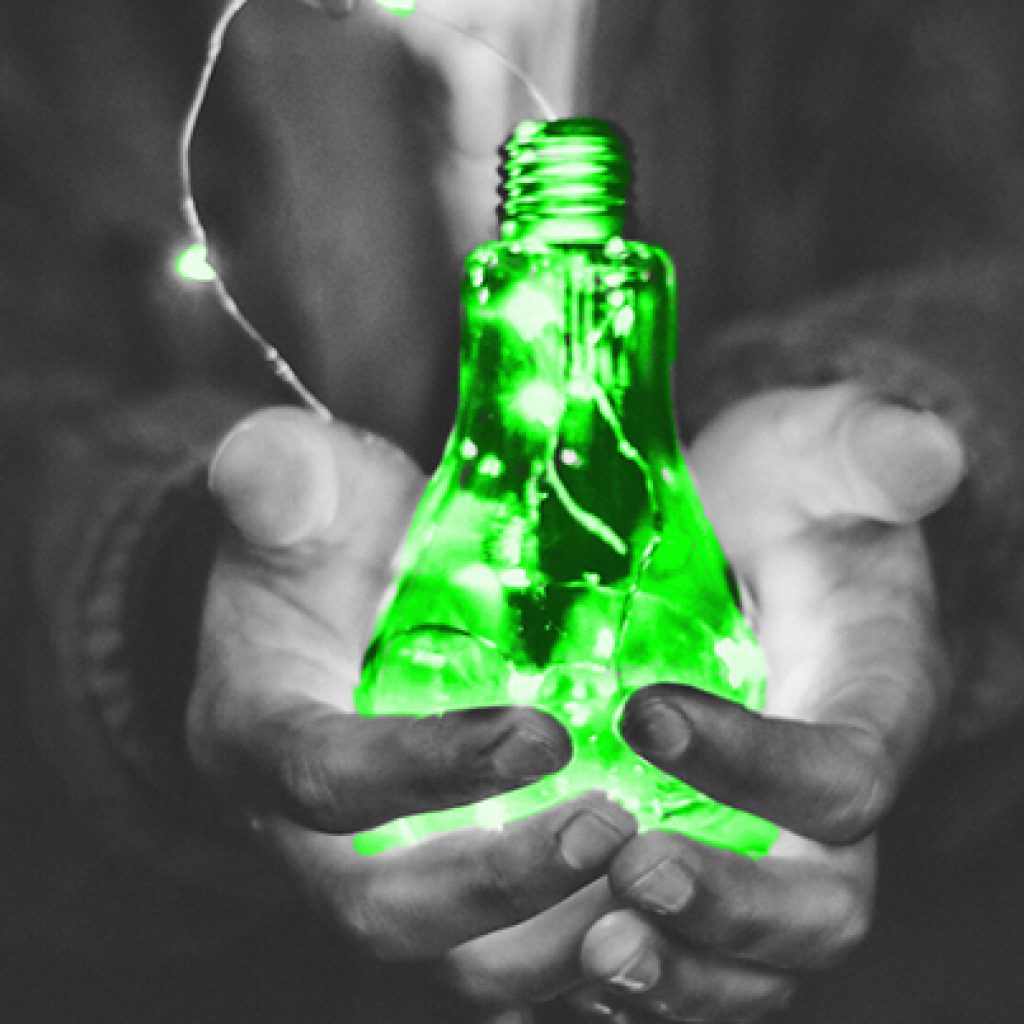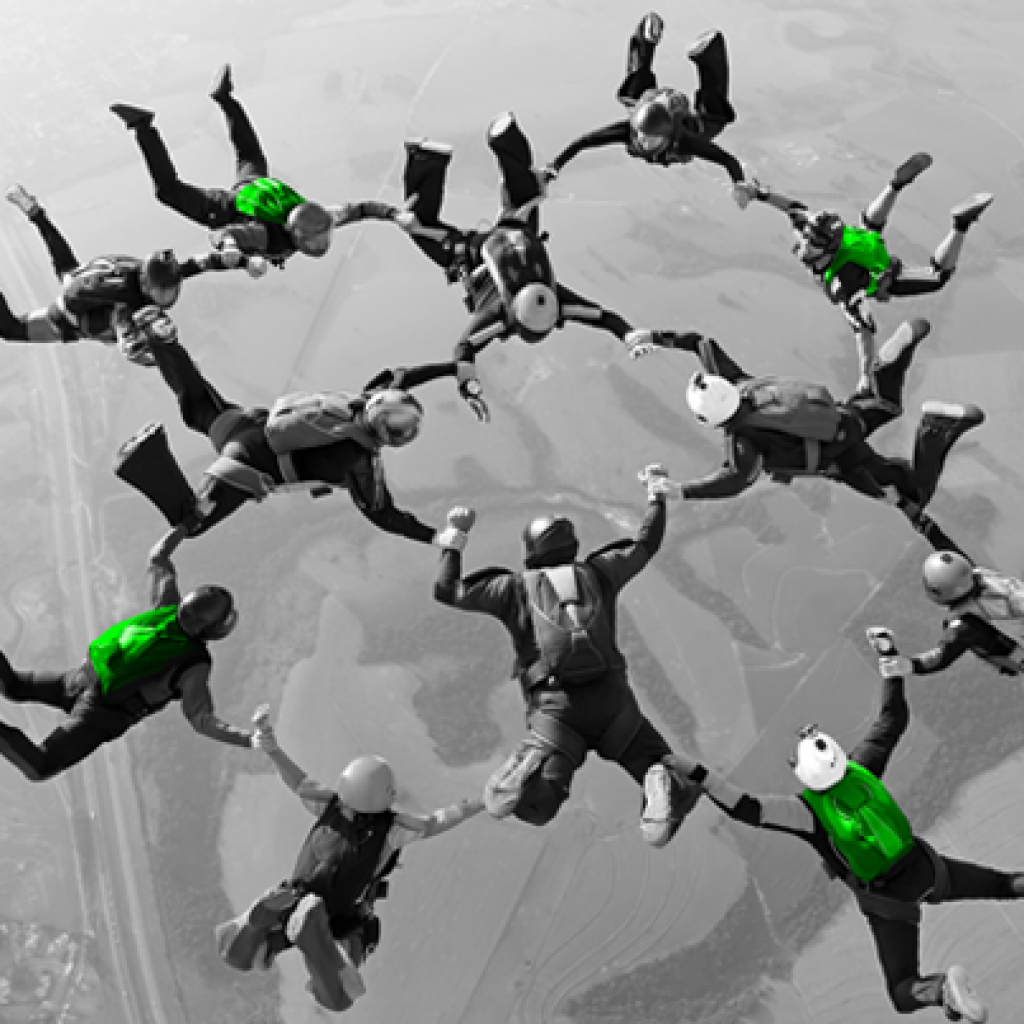
Last month, hundreds of thousands of children and young adults made the important move onto the next stage in their lives. Whether transitioning from Primary to High School, High School to Sixth-Form or Uni, or straight into a first job or apprenticeship, many of their feelings will have been very similar. What my classmates/colleagues be like? Will the library/online resources be any good? Will I like the canteen/local deli?
Of course, that was all B.C. (Before Coronavirus). Up until six months ago, starting a new job (or school, or uni) was a multisensory experience. The way a building looked and smelled… everything from the architecture and the furnishings to the detergent used in the loos and the lifts… it all imparted a feeling, drove a reaction. Overlay that with more obvious visual and auditory cues such as welcome packs, face-to-face inductions and meet-and-greet walkabouts – not to mention the inevitable bonding between other new starters – and the overall experience was comprehensive, even immersive.
Fast-forward to Autumn 2020. In a recent survey of 100 FTSE firms, most respondents advised they had major concerns about encouraging employees back into the workplace, and a number confirmed that they had no plans to encourage employees back into the office before the end of the year. Then there are the thousands of smaller, non-FTSE firms; many of whom are now operating a skeleton of office-based employees. Others, meanwhile, are embracing remote working as a permanent fixture.
My question, therefore, is this: how are firms able to provide a good (even a great) new-joiner experience that relies on virtual engagement? How can we make that first “Hello” something memorable and meaningful?
The answer, unsurprisingly, relies partly on technology – but now it’s more about how its application can be used to increase engagement and psychological commitment, rather than ‘standard’ communication-for-collaboration. In other words, when it comes to the onboarding process, technology is more about engaging hearts and minds – which, naturally, will lead on to proactivity, productivity and ultimately profit-per-individual in the longer run.
I’ve seen some really creative and engaging ideas over the last few months – below are just three that have stood out for me.
Fancy-Dress Friday
One online retailer I spoke with recently has taken “Dress Down Friday” a step further. To create a sense of fun and levity, “Fancy-Dress Friday” is a non-compulsory but extremely popular way of encouraging employees to show their creative (and daring) side. Naturally it provides a fun talking point, anchors together a disparate workforce, and has even sparked some interesting new business ideas for them.
Lunch Buddies
A tech firm I worked with recently has started pairing up random employees for a 45-minute virtual lunch break: critically, including all new joiners. The randomly-paired couples can use that time to do any relaxing, fun or engaging activity they want: a shared dog-walk, a shared fry-up, even a shared supermarket-shop. They can use any social connectivity channels they want to chat or share ideas during that time: the only stipulation is that they have to connect.
Blue-Sky Air-Time
A global PR company I know of has dedicated one hour per day to giving air-time to all new joiners. They use Microsoft Teams so that screens can be shared and notes taken in addition to enabling video and audio for all participants. Each session has a different theme: Energising Tired Brands and Measuring Green are just two. Each session is hosted by a practice lead and/or a sector expert, but beyond that there are no rules: the focus is on creating a criticism-free space in which fresh talent and new ideas can bloom and take flight and where “newbies” can bond over great insights – whilst increasing visibility with senior team-members.
Equally important, is seems, is knowing that you’d ‘fit in’ if the virtual environment we’re all currently operating in suddenly magicked itself back into actual, physical office space. For instance – what’s been on your recent reading list? What music do you play in the background whilst you work? Favourite podcasts or bloggers? More and more firms are placing engagement directly into the hands of those who need it most, and are encouraging and rewarding employees and new joiners to drive the culture they want to be in – rather than trying to impose an existing culture. Of course, this doesn’t mean the end of corporate values, mission statements or any of the other more ‘traditional’ internal branding mechanisms we’ve been using: it simply means creating more flexible, more relaxed ways of letting those mechanisms grow into something that’s meaningful for all of us now.
And, crucially, it means empowering new talent like never before, asking what joining their new firm really means to them, and motivating them to use creative and impactful ways of bringing their new employer’s corporate brand directly into their homes.
By Helen Greenwood | Client Partner
More insights:









